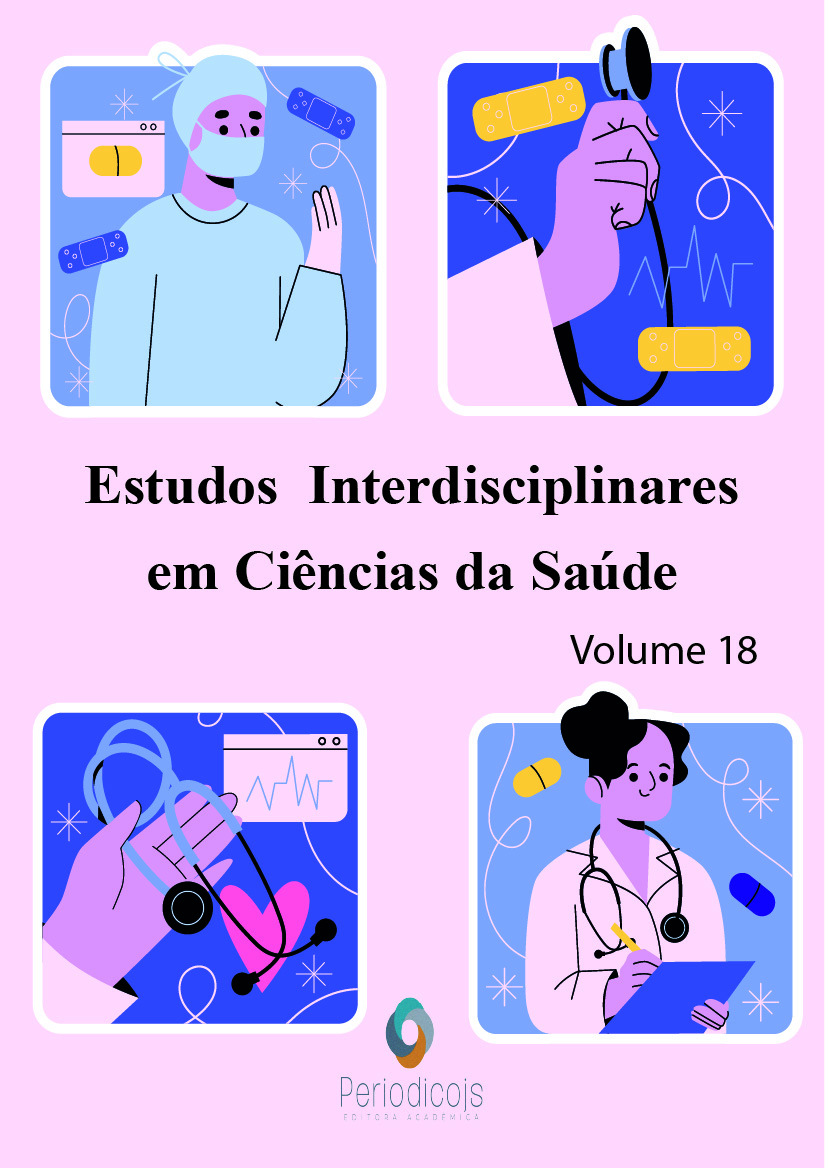Abstract
Post-operative infections are a significant concern in major surgery and can increase morbidity, length of stay and hospital costs. Effective prevention strategies are key to reducing the incidence of these infections and improving patients’ clinical outcomes. This study aims to review the strategies available for reducing infections in major surgery, including preoperative, intraoperative and postoperative measures, focusing on the latest scientific evidence and best clinical practices, providing valuable information for healthcare professionals involved in perioperative care and contributing to improved surgical outcomes and patient safety. This is an exploratory bibliographic review using qualitative assumptions, using the PubMed, Scopus, Web of Science, SciELO, Revista Brasileira de Enfermagem, AORN Journal and Nursing Critical Care databases, with a time frame between 2013 and 2022. In addition, the health descriptors “strategies in the postoperative period”, “postoperative hospital infections”, “prevention of infections in the surgical act” and “infection in the surgical and post-surgical site” were used. Strategies for reducing post-operative infections in major surgery include measures such as the proper administration of prophylactic antibiotics, preparation of the patient’s skin with antiseptics, optimization of the surgical technique to reduce tissue exposure time, the use of protective devices for the surgical field and the implementation of infection control protocols. In addition, early identification and treatment of comorbidities such as diabetes and obesity, which can increase the risk of infection, are essential. The education of healthcare professionals and the adoption of proper hygiene practices also play a crucial role in preventing post-operative infections. Reducing post-operative infections in major surgery requires a multi-faceted approach, which includes pre-operative, intra-operative and post-operative measures. Proper implementation of these strategies can significantly reduce the incidence of infections and improve the clinical outcomes of patients undergoing major surgery.
References
ÇIMEN, O. Assessment of periprosthetic joint infection prevention methods amongst Turkish orthopedic surgeons in total joint replacement: A survey. Jt Dis Relat Surg, v. 31, n. 2, p. 230–237, 2020. Disponível em: http://dx.doi.org/10.5606/ehc.2020.71425. Acesso em 10 mar 2024.
CHEN, X. et al. Comparison of improved surgical eight-step handwashing combined with ATP fluorescence in detecting the infection rate at the site of seven-step surgical handwashing and 30-day orthopaedic surgery: A randomized study. Scanning, v. 2022, p. 1–7, 2022. DOI: http://dx.doi.org/10.1155/2022/3123565.
COSTA E. A. M, MOREIRA L. L, GUSMÃO M. E. N. Incidência de infecção de sítio cirúrgico em hospital dia: coorte de 74.213 pacientes monitorados. Rev. SOBECC, v 24, p. 211-216, 2019.
COUTINHO, B. S. et al. Infecções de sítio cirúrgico em cirurgias ortopédicas de um hospital do estado do Pará, Brasil. Avances en enfermería, v. 40, n. 3, p. 395–407, 2022. DOI: http://dx.doi.org/10.15446/av.enferm.v40n3.93397.
CUNHA, R. C. G. Incidência e fatores de risco para infecções de sítio cirúrgico ortopédicas com uso de prótese: coorte não concorrente. 2019. Dissertação (Mestrado em Enfermagem) – Universidade Federal de Minas Gerais, Escola de Enfermagem, Belo Horizonte, Minas Gerais, 2019.
DALPIAZ, J.; PAGNUSSAT, L. R; HAHN, S. R. Artroplastia de quadril em idosos hospitalizados e o uso de antibioticoprofilaxia. Revi Epidemiol e Control de Infec, v. 8, n. 4, p. 465-471, 2018.
FERREIRA, L. L. et al. Nursing care in Healthcare-Associated Infections: A scoping Review. Rev Bras Enferm, v. 72, n. 2, p. 476–483, 2019. DOI: http://dx.doi.org/10.1590/0034-7167-2018-0418.
GRALING PR, VASALY FW. Effectiveness of 2 CHG cloth bathing for reducing surgical site infections. AORN J. 2013;97(5):547- 51. https://doi.org/10.1016/j.aorn.2013.02.009
SHI Z, TANG S, CHEN Y, LEE DT-F, CHAIR SY, JIANG B, et al. Application of a glycaemic control optimization programme in patients with stress hyperglycaemia. Nurs Crit Care. 2014;21(5):304-10. https://doi.org/10.1111/nicc.12121
JOHNSON MP, KIM SJ, LANGSTRAAT CL, JAIN S, HABERMANN EB, WENTINK JE, et al. Using bundled interventions to reduce surgical site infection after major gynecologic cancer surgery. Obstet Gynecol. 2016;127(6):1135-44. https://doi. org/10.1097/AOG.0000000000001449
NAMM JP, THAKRAR KH, WANG C-H, STOCKER SJ, SUR MD, BERLIN J, et al. A semi-automated assessment of sarcopenia using psoas area and density predicts outcomes after pancreaticoduodenectomy for pancreatic malignancy. J Gastrointest Oncol. 2017;8(6):936-44. https://doi. org/10.21037/jgo.2017.08.09
NEMKHOLAM C, ANURAG S. Effectiveness of individually packed sterile guaze versus drum packed gauze on the incidence of surgical site infection (SSI) in Surgical Ward AIIMS, New Delhi. Int J Nurs Educ. 2017;9(3):55-7. https://doi. org/10.5958/0974-9357.2017.00071.X

